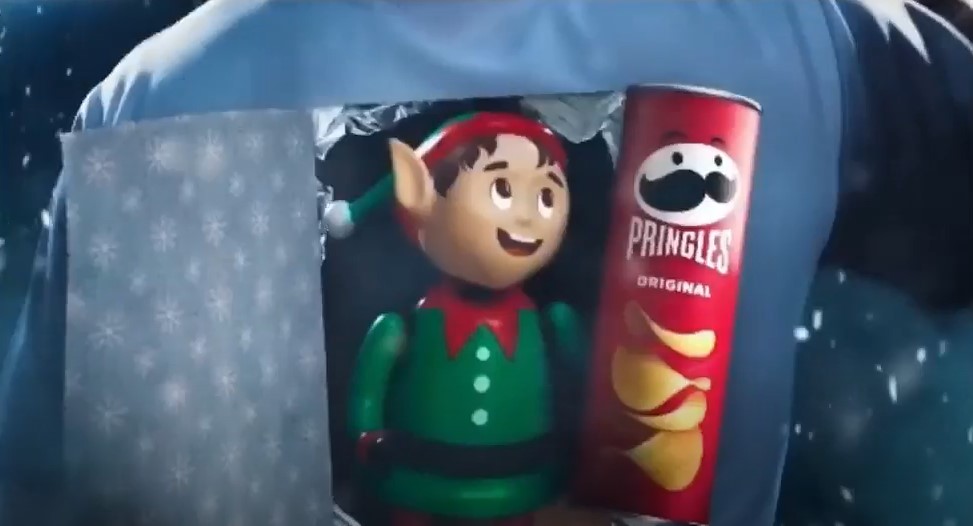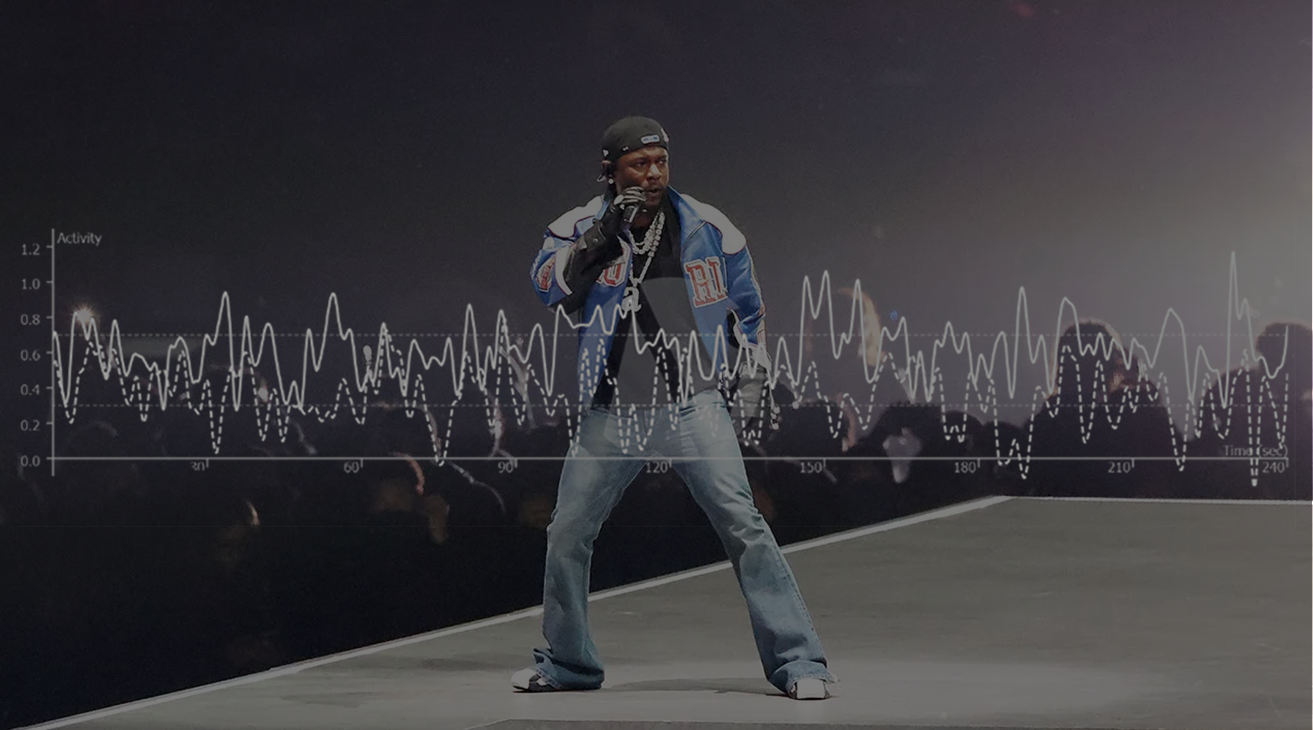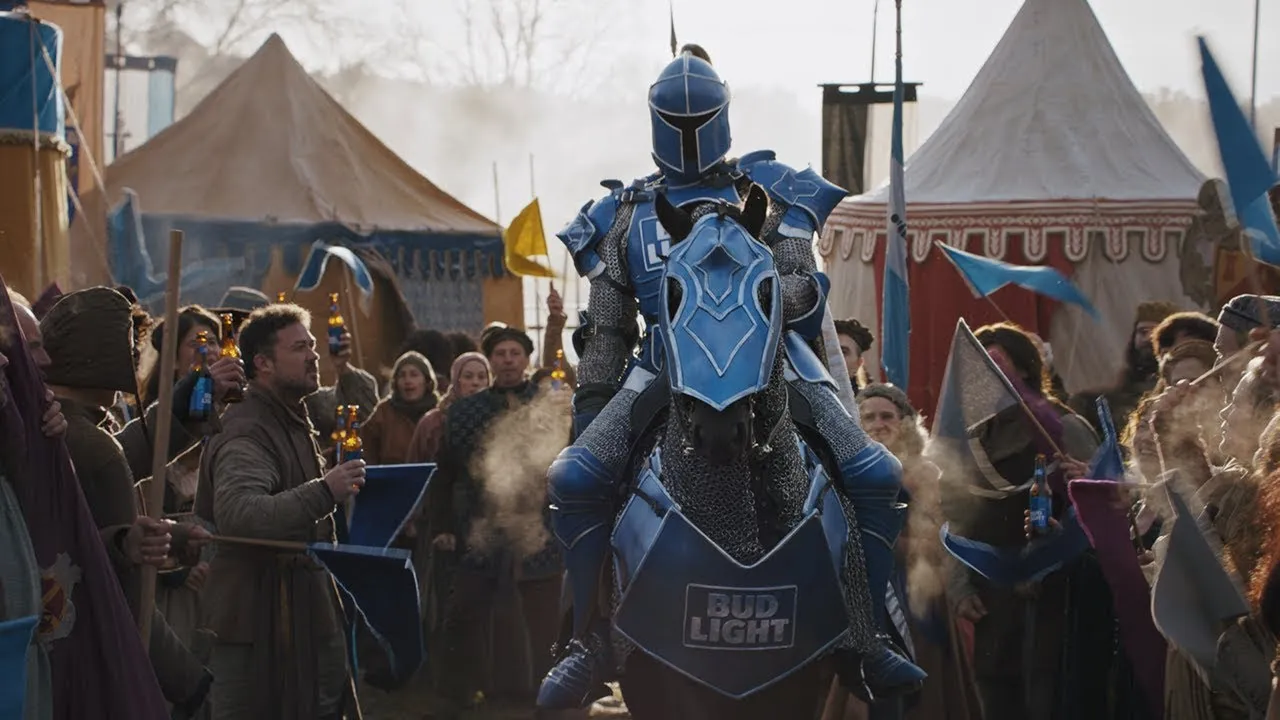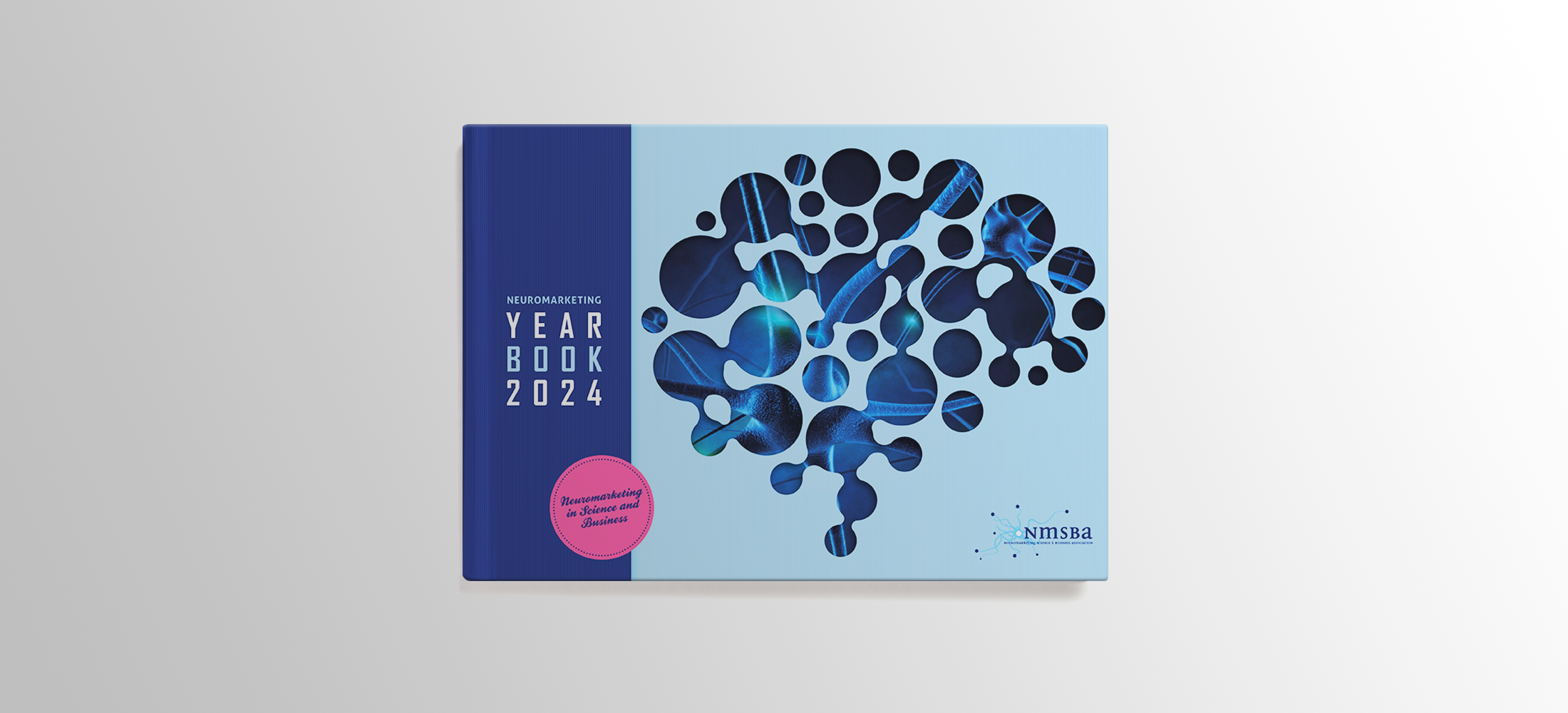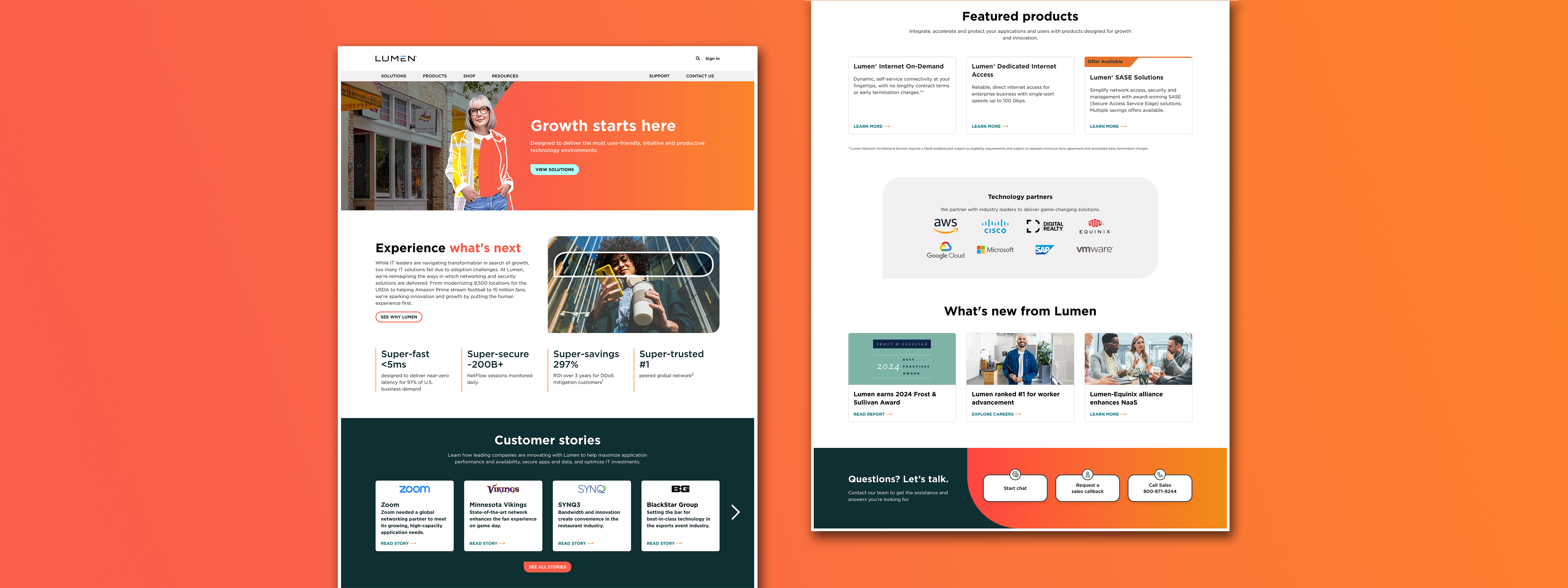
Thanks to the World Cup in Qatar — football is dominating the advertising world this holiday season. To capture the holiday spirit, Pringles released an ad demonstrating the role of its fan-favorite snack for celebratory moments. But how can a brand stand out in this excessively large pool of ads and, at the same time, efficiently convey its story?
To find out, we turn to neuroscience. At Neuro-Insight, we look to the subconscious to see how effectively brands (like Pringles) are able to communicate their message. Our patented technology, Steady State Topography (SST), allows us to measure second-by-second brain responses that breach the conscious and get to the root of human emotion and decision-making.
Our technology allows us to understand exactly what consumers are encoding into long-term memory. Memory matters because what we subconsciously decide to store in memory today becomes the base for our decision-making in the future (it is a predictive measure). As we explore what consumers are encoding into memory, we also look to the brain to tell us why a particular event or message is being stored – for this, we leverage key diagnostic metrics, including approach/withdrawal, emotional intensity, and engagement.
So what did our neuro-analysis tell us about the success of the Pringles’ holiday creative?
Keep it simple to start.
The ad immediately jumps into a series of fast scene changes. It seems like the audience has a hard time keeping up with this pace, as we see a sharp decline in detail memory encoding. This happens again at the end of the creative. Detail memory encoding measures the consumers’ processing of detail elements in the ad (think key messaging, brand logo, call to action, etc.). Low scores suggest that consumers are NOT actively storing this information into their long-term memory. Through our research and a vast arsenal of benchmarks, we have found time and time again that overloading an ad with excessive cuts can lower branding effectiveness. It’s as if memory “shuts off” when there is too much to process.
Next time, consider starting slower, keeping the messaging simple, and focusing on a single narrative with clear branding.
The “Aha” moment is the perfect time to brand.
When the ad approaches halftime (between seconds 10 and 15) we see the “Aha” moment — there is a peak in both memory metrics as viewers finally get ahold of the narrative and understand that this is about football. Fortunately for Pringles, this “Aha” moment occurs with a split-second view of a Pringles can on screen. Viewers are actively encoding the chips into their long-term memory and successfully linking them to the World Cup; however, that split-second shot could easily be amplified if there was a more frequent Pringles presence during this period. They should bombard viewers with branding as they did at the beginning to optimize this window of detail memory encoding.
Exploding heads are not the best way to close.
In order to stand out, an ad must ensure effective end branding; it is the best way to leave viewers with a lasting imprint of the brand. Unfortunately, Pringles’ bizarre climax and end scenes (including an exploding head and soccer players appearing from a piano) have viewers grasping to make sense of what happened instead of actively remembering the key message (“It’s Pringles Season”) and final Pringles can. Often, making the creative too irrational, bizarre, or inhuman causes decreases long-term memory encoding.
Overall, Pringles came up with an ad that is fun, exciting, and whacky but fails to establish the intended connection between Christmas, football, and Pringles. Instead, viewers are left a bit confused and probably wondering more about who will win the World Cup rather than dreaming of snacking away on a can of Pringles during the next match.
Watch the full timeseries below.

